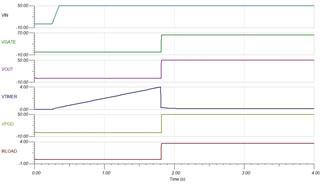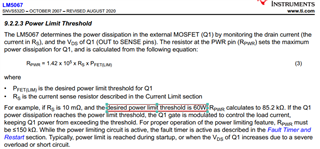Other Parts Discussed in Thread: LM5067, , TPS1663, TPS25947
Hi Team
We are using LM5069-1 in our design. I found TINA TI simulation model (snvm598) in TI website for my customer board simulation.
But I am not getting the TIMER waveform same as reference simulation file. Attached simulation files.LM5069 Simulation.zip
Please let me know if there is any error in my circuit..
Regards
Srikanth Kacchu





